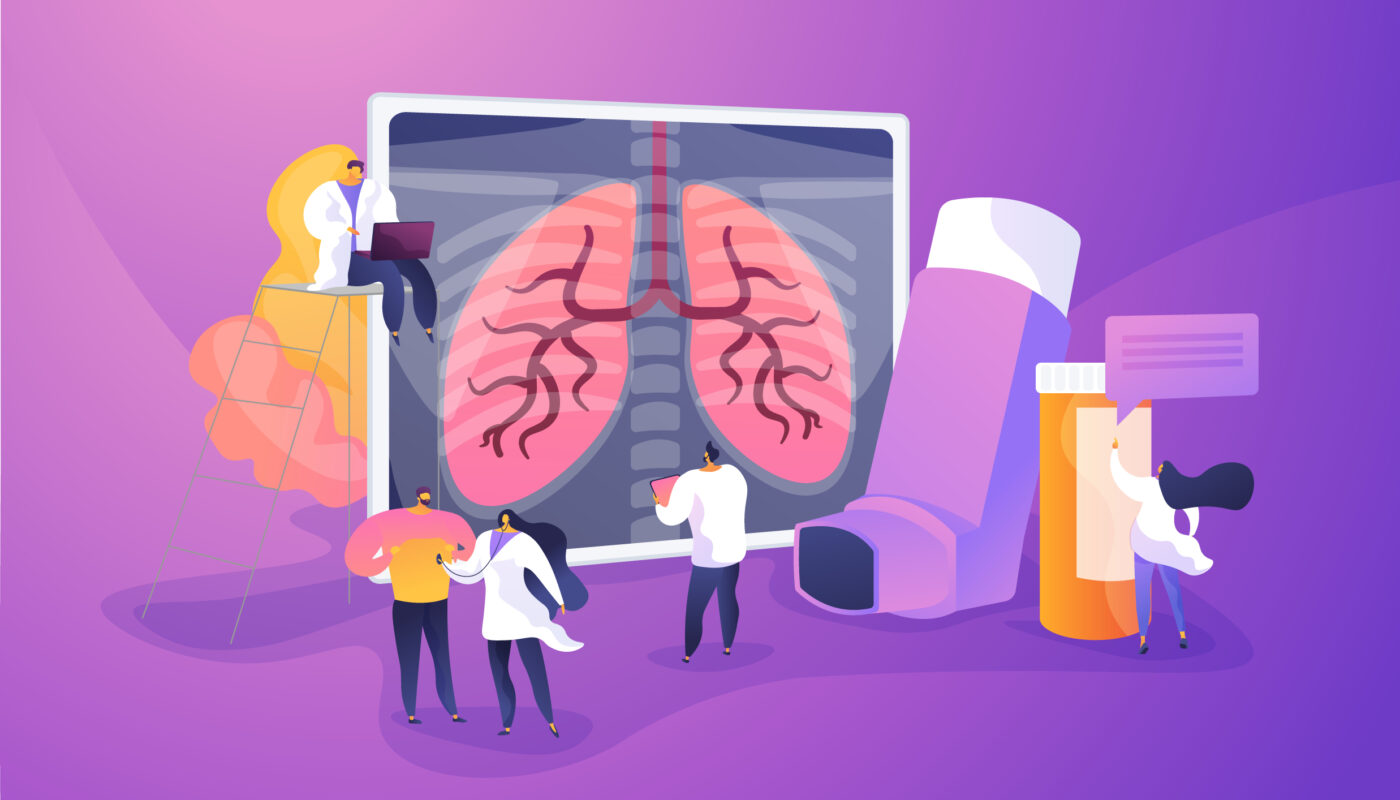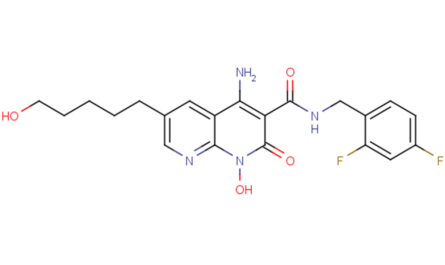What is Asthma?
Asthma is a chronic disease that affects your airways. The airways are tubes that carry air in and out of your lungs. In people with asthma, these airways become swollen and narrow. This can make breathing difficult and trigger wheezing, coughing, chest tightness and shortness of breath. Asthma symptoms vary from person to person and can range from mild to severe.
Symptoms of Asthma
The main symptoms of asthma include:
Wheezing – A high-pitched whistling sound when breathing out
Chest tightness
Shortness of breath
Coughing, especially at night or early morning
Difficulty breathing
Symptoms vary from person to person and can range from mild to severe. Some people only experience symptoms a few times a year, while others have constant or often recurring symptoms. Triggers that make Asthma worse also vary – common triggers include respiratory infections, exercise, allergens like pollen, dust mites and animal dander.
Causes of Asthma
While the exact cause of Asthma is unknown, there are genetic and environmental factors that play a role:
Genetics – Asthma often runs in families. Having a close family member with asthma increases a person’s own risk.
Allergies – Some people with asthma are sensitive to certain allergens, which can trigger symptoms.
Environmental factors – Exposure to cigarette smoke, air pollution, respiratory infections and certain medications can sometimes trigger asthma or make it worse.
Gender – Asthma is more common in boys than girls before puberty and more common in women than men after puberty.
Diagnosis and Treatment of Asthma
Doctors diagnose asthma based on a medical history, a physical exam of the chest and lungs, and test results showing airflow obstruction that changes or reverses over time. Spirometry is commonly used to test lung function and detect airflow obstruction. A methacholine challenge test may also be used. The goal of asthma treatment is to control symptoms and prevent asthma attacks. Treatment typically involves inhaled corticosteroids to reduce airway inflammation and swelling. Other medications like long-acting beta-agonists are often added as needed.
What is COPD?
COPD, or chronic obstructive pulmonary disease, refers to a group of lung diseases characterized by airflow blockage and breathing-related problems. The two main conditions that fall under COPD are chronic bronchitis and emphysema. Chronic bronchitis involves a long-term cough with mucus and is caused by inflammation of the airways. Emphysema leads to damage of the air sacs (alveoli) in the lungs over time. This reduces lung elasticity and the ability of the lungs to fully exhale trapped air.
Symptoms of COPD
Common symptoms of COPD include:
Shortness of breath, especially during activities like climbing stairs
Chronic cough with mucus
Wheezing
Chest tightness
Fatigue
Frequent respiratory infections like bronchitis or pneumonia
Symptoms are often more severe during COPD “flare-ups” or exacerbations. Symptoms gradually worsen over time as lung function declines. Smoking is the leading cause of COPD but other environmental and occupational exposures can contribute. Genetics may also play a role in some cases.
Diagnosis and Treatment of COPD
Doctors diagnose COPD based on symptoms, medical history including risk factors and breathing tests. A spirometry test measures lung function and can confirm COPD by showing poor airflow. The severity of COPD is staged based on lung function tests. Treatment aims to reduce symptoms, improve quality of life and reduce the risk of future flare-ups requiring hospitalization. For milder COPD, lifestyle changes focus on smoking cessation, vaccination and avoiding further lung damage. Medications are often prescribed for moderate to severe COPD including bronchodilators, inhaled corticosteroids, oxygen therapy and antibiotics during exacerbations. Pulmonary rehabilitation is also highly recommended to help patients improve their breathing techniques and exercise capacity. Lung transplantation may be an option for some patients with very severe COPD.
Similarities between Asthma and COPD
Asthma and COPD share some similarities since both affect airflow and lung function. However, there are also important differences between the conditions:
Both involve inflammation and narrowing of the airways but asthma typically has variable or changing symptoms while COPD symptoms worsen over time.
Asthma often starts in childhood but is sometimes diagnosed in adulthood. COPD commonly affects adults over 40, especially those with a smoking history.
Reversible airflow limitation is a key feature of asthma but COPD airway changes are generally not fully reversible.
Allergens, respiratory infections and exercise are common asthma triggers. Smoking is the major COPD risk factor but occupational or environmental exposures can also contribute.
Asthma can usually be well-controlled with medication, but COPD treatment focuses more on symptom management as lung damage progresses.
While asthma and COPD pose breathing challenges, working closely with doctors and making lifestyle modifications can help manage symptoms. In severe cases, advance planning with pulmonary rehabilitation and discussions around advanced care options are also important. With proper treatment, many people are still able to live active lives despite these chronic respiratory conditions.
Note:
1. Source: Coherent Market Insights, Public sources, Desk research.
2. We have leveraged AI tools to mine information and compile it.



